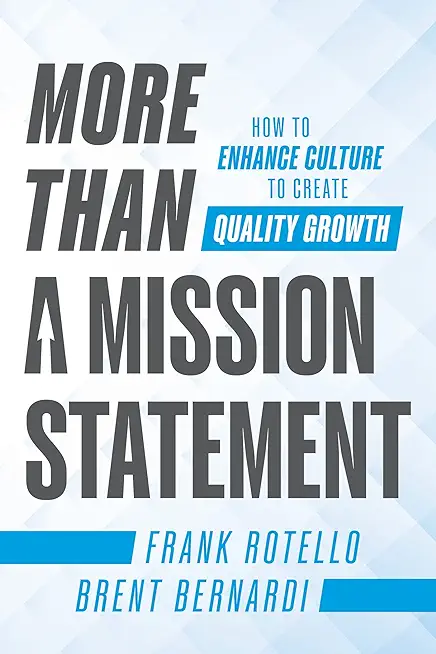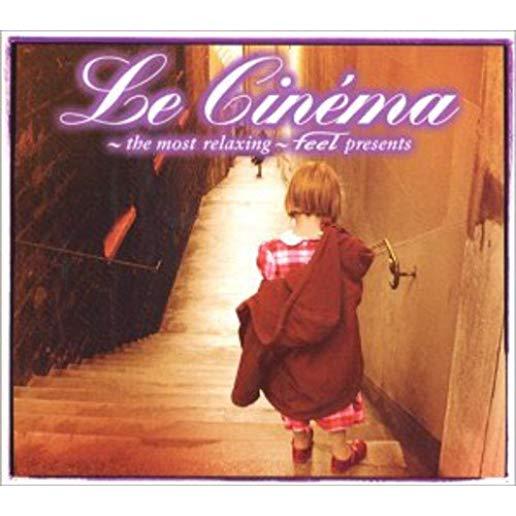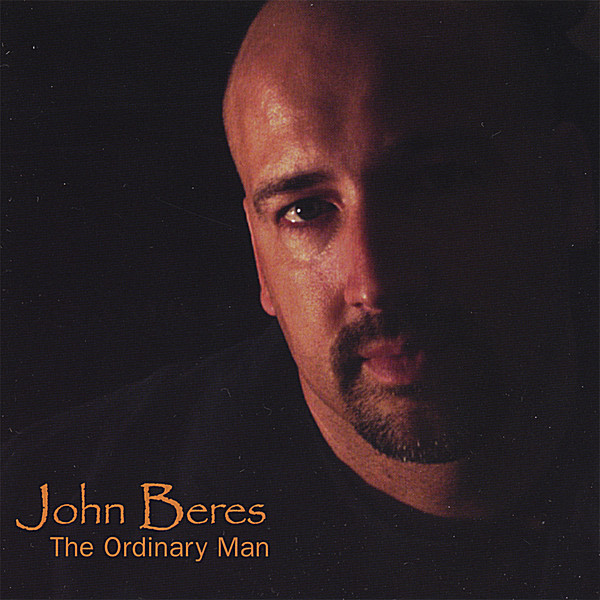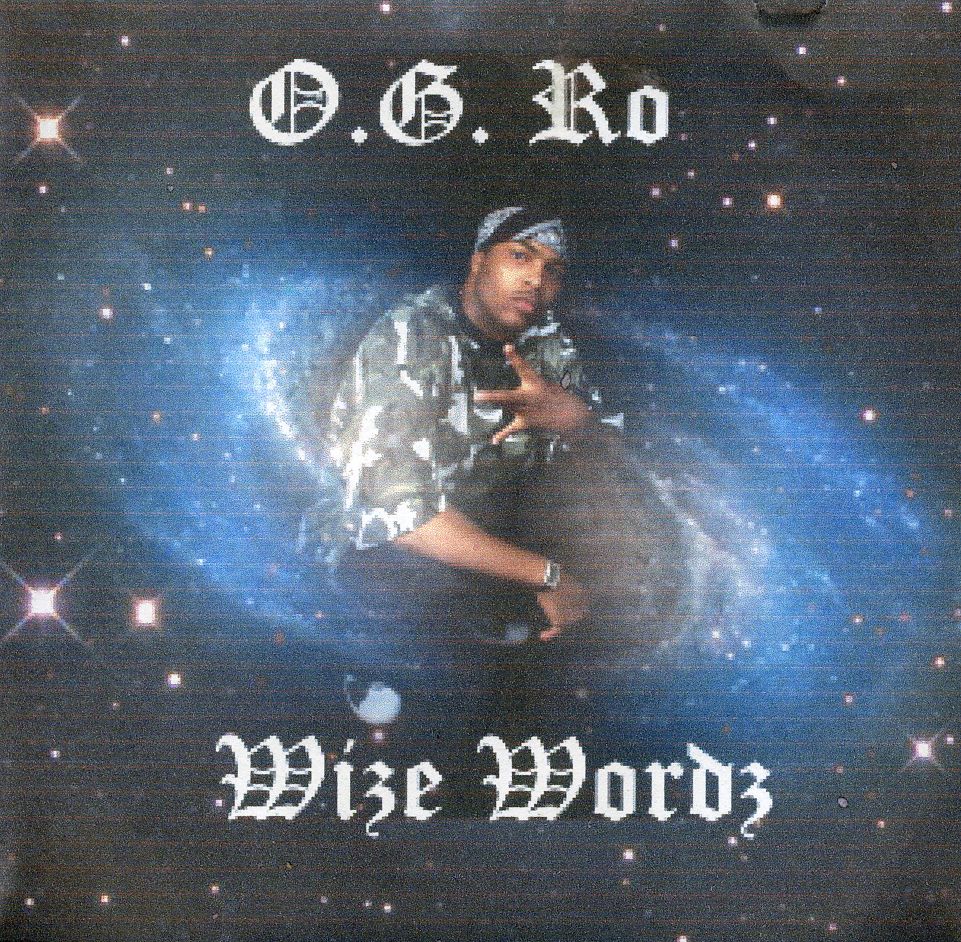
description
sciplinary volume that draws on contributions from inside and outside the academy to explore the relationships between nature and culture as expressed in the foodways of the Georgia and South Carolina coasts. In seventeen chapters, a handful of bespoke artworks, and recipes, Sarah V. Ross and her contributors illuminate the invisible threads that run in wild tangles through the Lowcountry, connecting massive live oaks and palmetto and freshwater sloughs with tidal waters flooding and draining the most extensive salt marshes on the Eastern Seaboard. These threads connect the landscape from the St. Marys River on the Georgia-Florida border to the confluence of Ashley and Cooper Rivers in Charleston, South Carolina. Flowing threads of tidal creeks--half ocean, half fresh river water--also connect us through time to cultures who feasted on an abundance of shellfish thousands of years ago. An enduring bounty of oysters, shrimps, crabs, clams, and mussels still lure us into their world. Looking across time and geography, this book interweaves fundamental ecological principles as it honors three early cultures: Native American, European, and African. All were enmeshed with the coastal environment. All shared similar threads connecting food production: hunting, foraging, planting, cultivating, harvesting, preserving, and cooking. Across the ages, this ongoing connection--among land, harvester or farmer, and cook--forms the infrastructure of cookery practices. In large part, Lowcountry foodways are built simultaneously on scarcity and fickle opportunity.
member goods
No member items were found under this heading.
Return Policy
All sales are final
Shipping
No special shipping considerations available.
Shipping fees determined at checkout.







